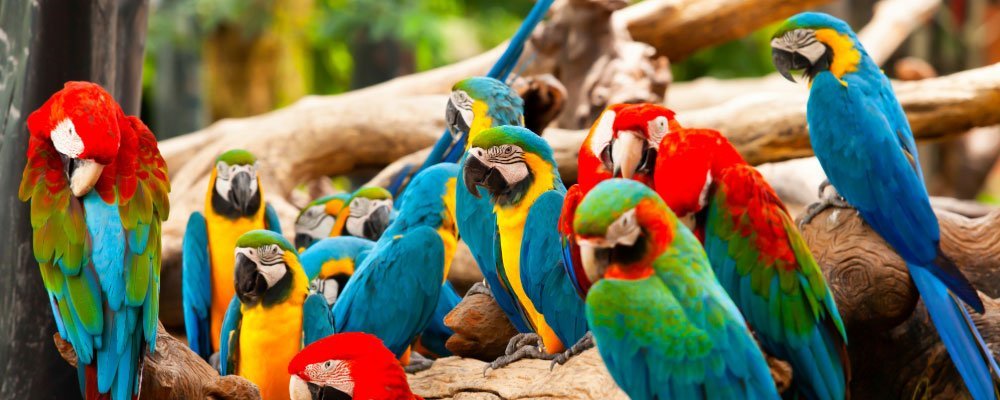
What Are Macaw Parrots? Facts About Macaw Parrots
Where do macaw parrots come from?
Macaw parrots are iconic and conjure images of long beaches, jungles and pirates. Indeed, these long-tailed, colourful, characterful birds are really the stuff of comics, cartoons, pantomimes and many films of the years. Hailing from the tropical rainforests of Central and South America, macaw parrots are loud and sociable birds.
How many varieties of macaw parrots are there?
There are a number of different varieties of macaw parrots, though macaws may be divided broadly into two groups as follows: the larger macaws and the dwarf macaws.
The Hyacinthine Macaw
The Hyacinthine macaw is the largest of the common captive species and is over 100cm long including the tail and weighs over 1.5kg. Its plumage is an iridescent rich violet blue, with distinctive areas of naked, bright yellow skin under the lower mandible and around the eyes and the huge beak is black, which will make short work of breaking open the thickest of shells.
Green-Winged Macaw
Another large macaw is called the Green-winged macaw at 90cm and, like the Hyacinthine may be considered a *gentle giant' as their temperament is generally good if well-treated and respected, with plenty of space, good feeding, and toys to play with and wood to chew.
Body feathers are a deep red, with lines of small red feathers across the white facial skin. Tail feathers are blue and red, while the rump is pale blue. The wings have red shoulder areas, then a band of dark green coverts, while the flight feathers are dark blue. The lower beak is black, while the upper part is black and cream.
The Blue and Yellow Macaw
The blue and yellow macaw is probably the most common of the species and is smaller at 85-90cm and has bright blue plumage on the back, wings, neck and outer tail, with a rich yellow chest and abdomen as well as darker yellow shading on the underside of the tail feathers.
The Scarlet Macaw
The Scarlet macaw is also marginally smaller and is rarely above 85cm long. General colouring is similar to the green-winged macaw except the red is lighter, more orangey and the green wing coverts of the latter species are replaced by a broad band of yellow feathers in the scarlet. The beak is similarly coloured to the green-winged, having a black mandible and a black and cream rostrum. Although colourful and popular, these macaws can be more aggressive and temperamental than the larger macaws.
Buffons Macaw and Military Macaw
Buffon's macaw and the Military macaw are found less commonly and both are primarily green with red across the forehead and some blue in the tail. The Buffon's macaw is larger at 85cm and is a comparatively quiet, inactive bird. The military macaw, at 70cm, is more agile and active, as well as being noisier.
What do macaw parrots eat?
The favourite foods of macaw parrots in the wild are palm nuts and all macaws should have nuts in shell provided in their diet to crack open. In the wild, macaws forage for nuts, seeds, berries and fruit. In captivity they are active and entertaining. They will learn to talk, play actively with toys, and perform simple tasks. However, they can be noisy and destructive, and require plenty of space.
How often do macaw parrots breed?
They are slow breeders, and habitat destruction in the wild has endangered free-living populations. In the USA, captive numbers are considerable, but in the UK and Western Europe the smaller numbers that do exist are generally for attempted breeding rather than pet birds. Their size, colour, and scarcity make them very expensive birds. Those that are lucky enough to keep these giants find them usually to be very gentle, tolerant parrots.
How long do macaw parrots live for?
The life expectancy of macaw parrots is usually between fifty and sixty years, though they can live for considerably longer than that. Likewise, macaws can also live for less than that as well.
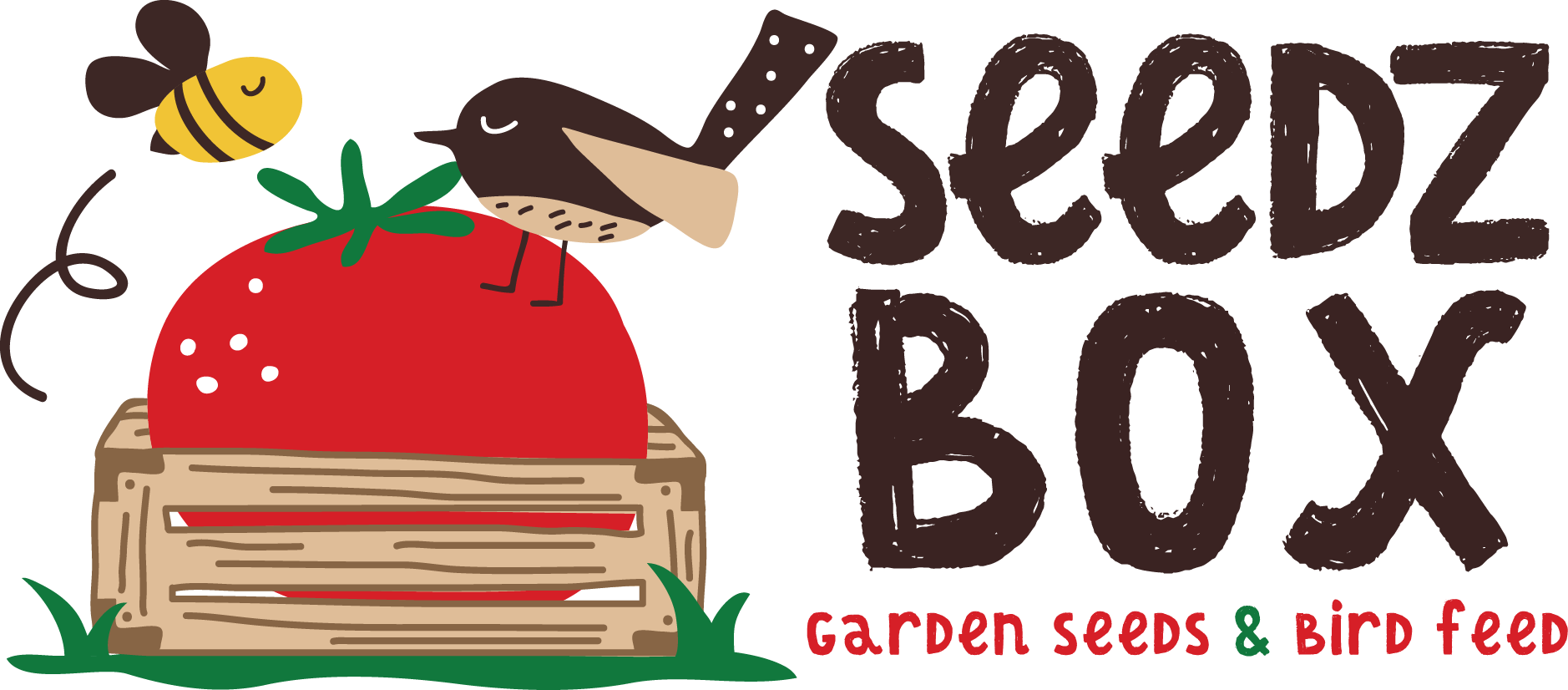
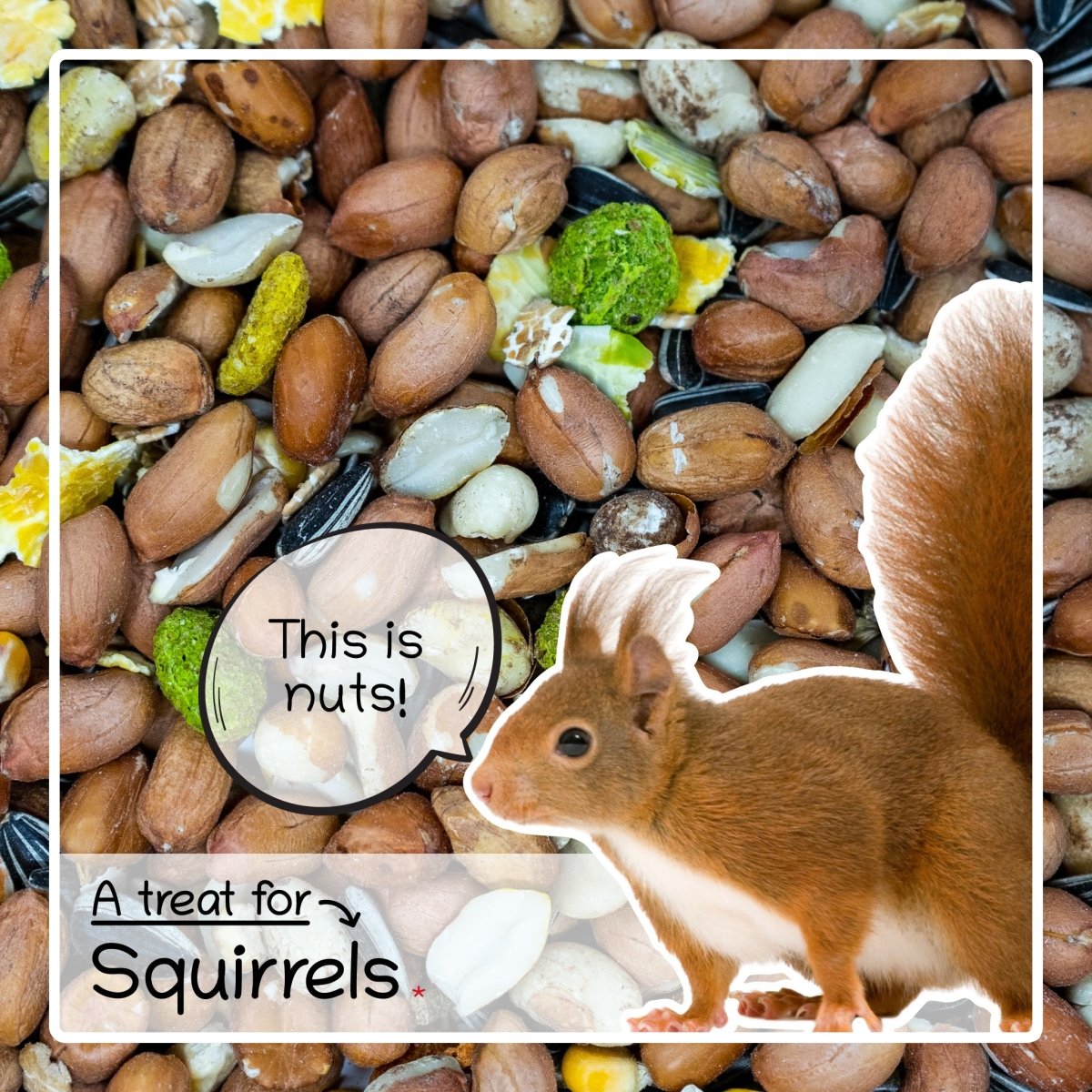
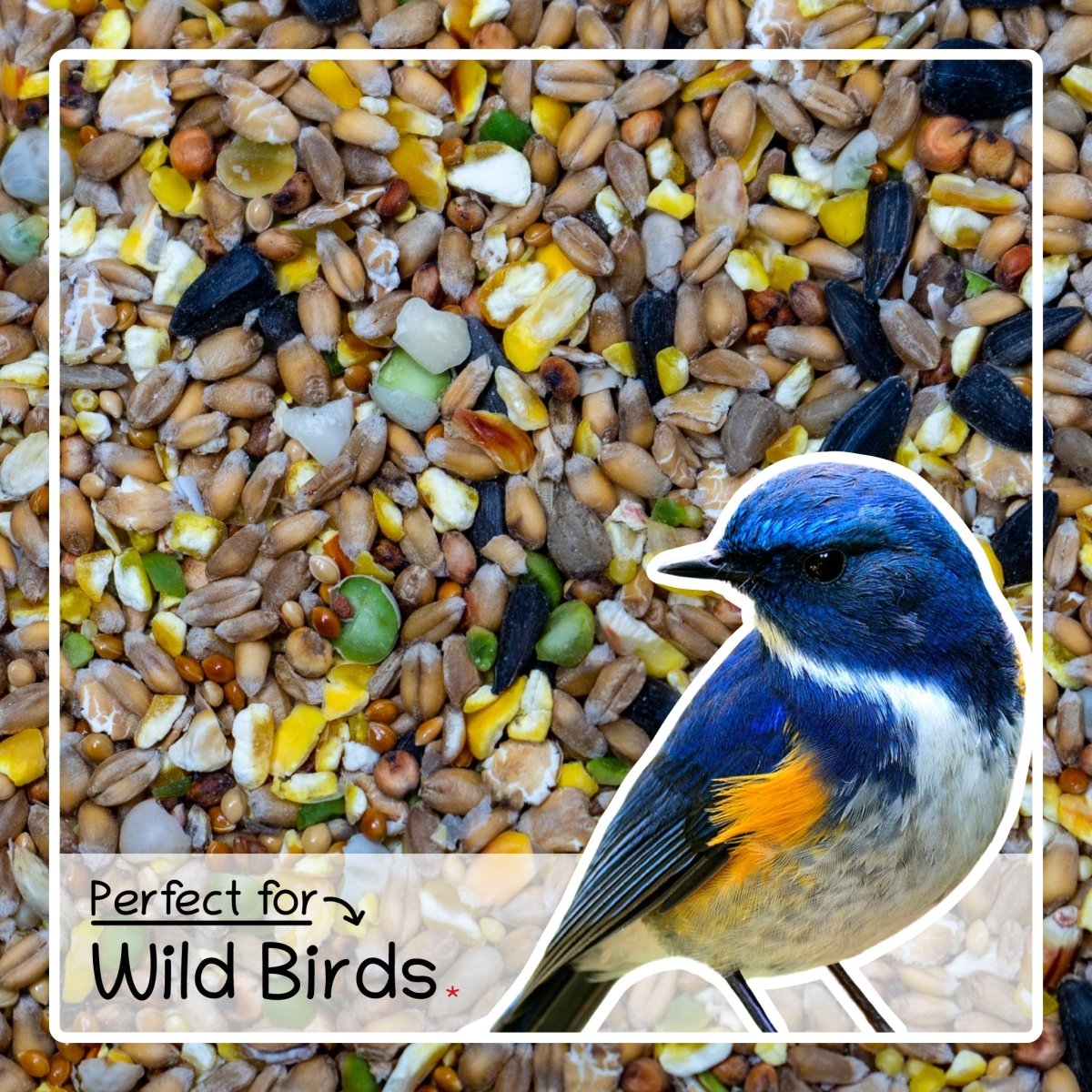
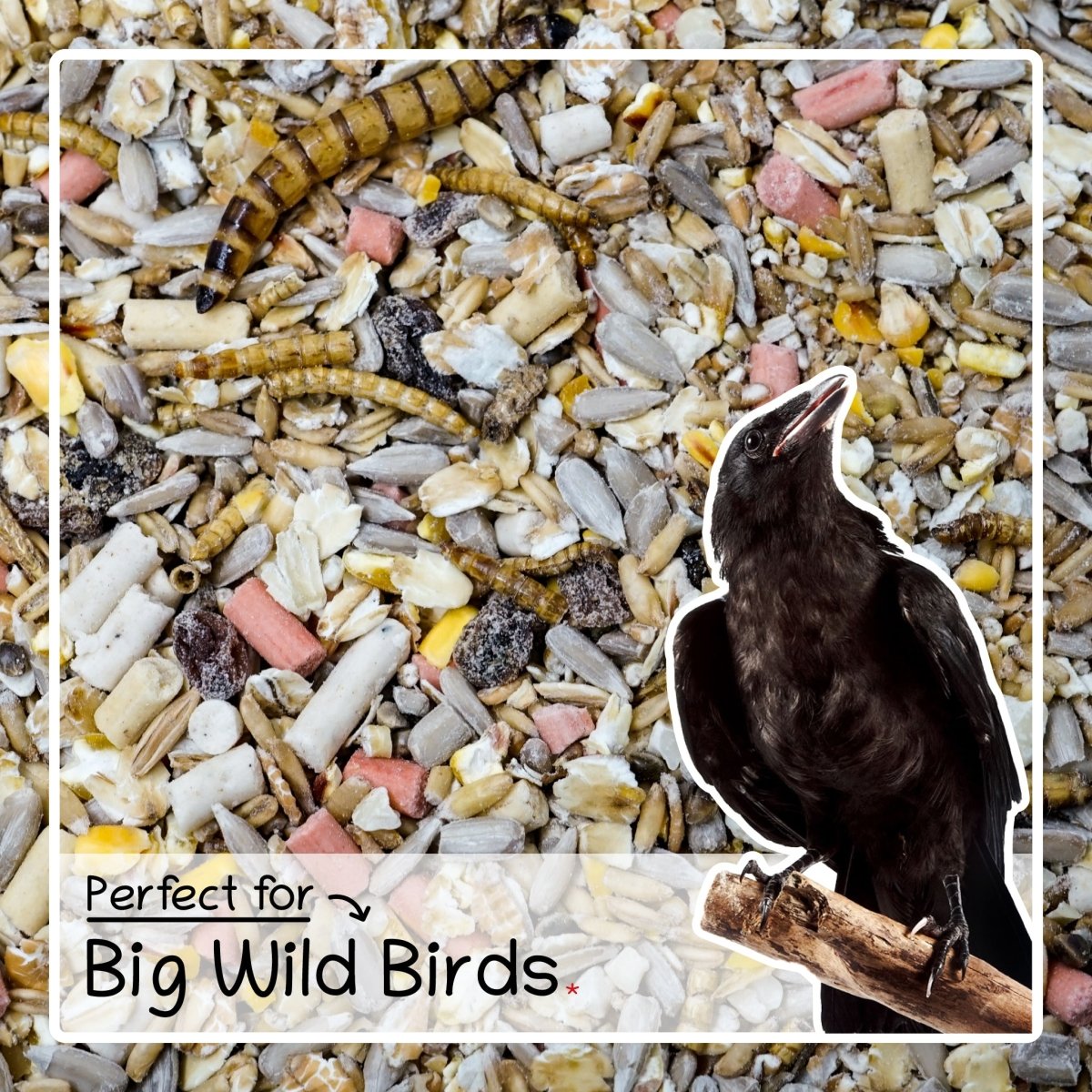
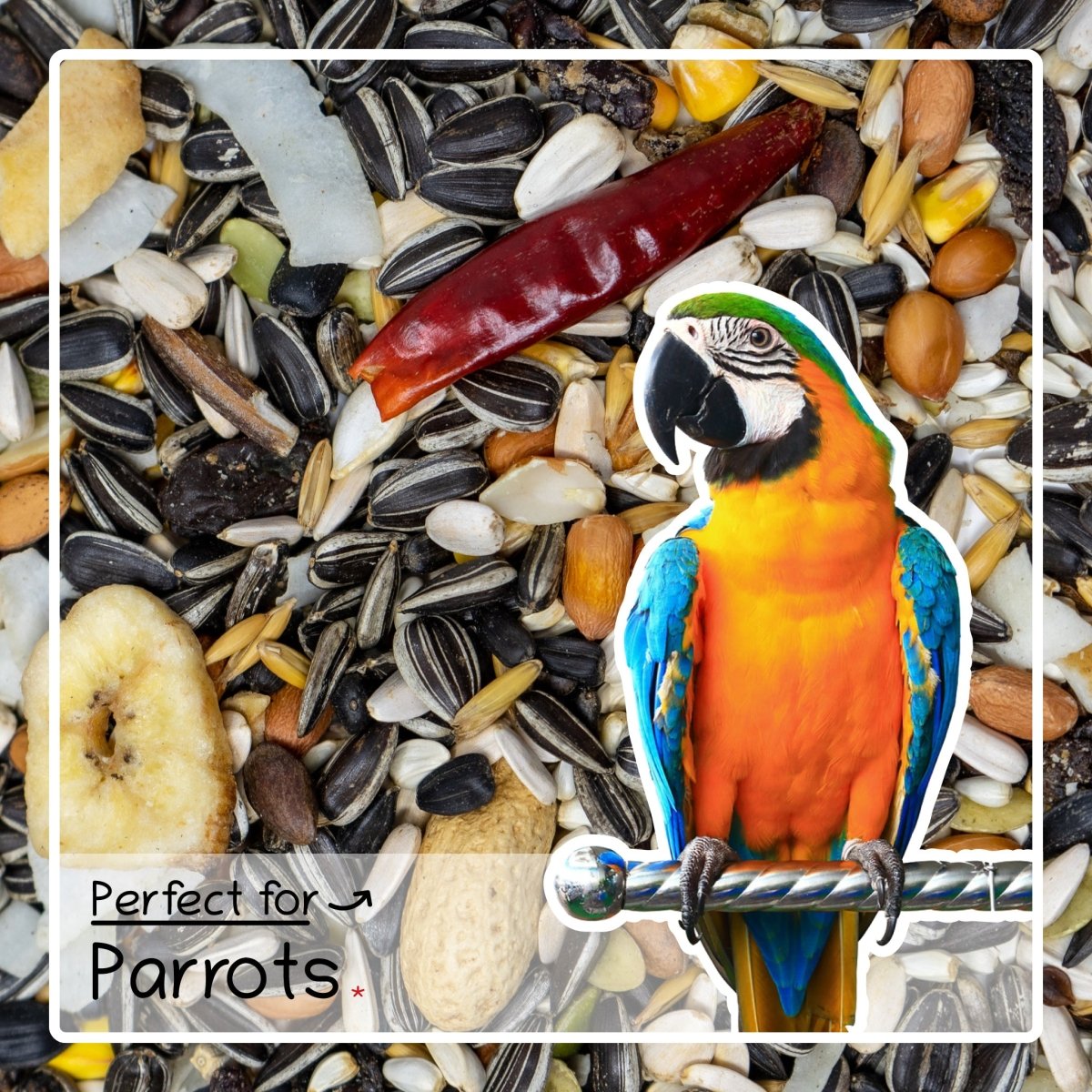
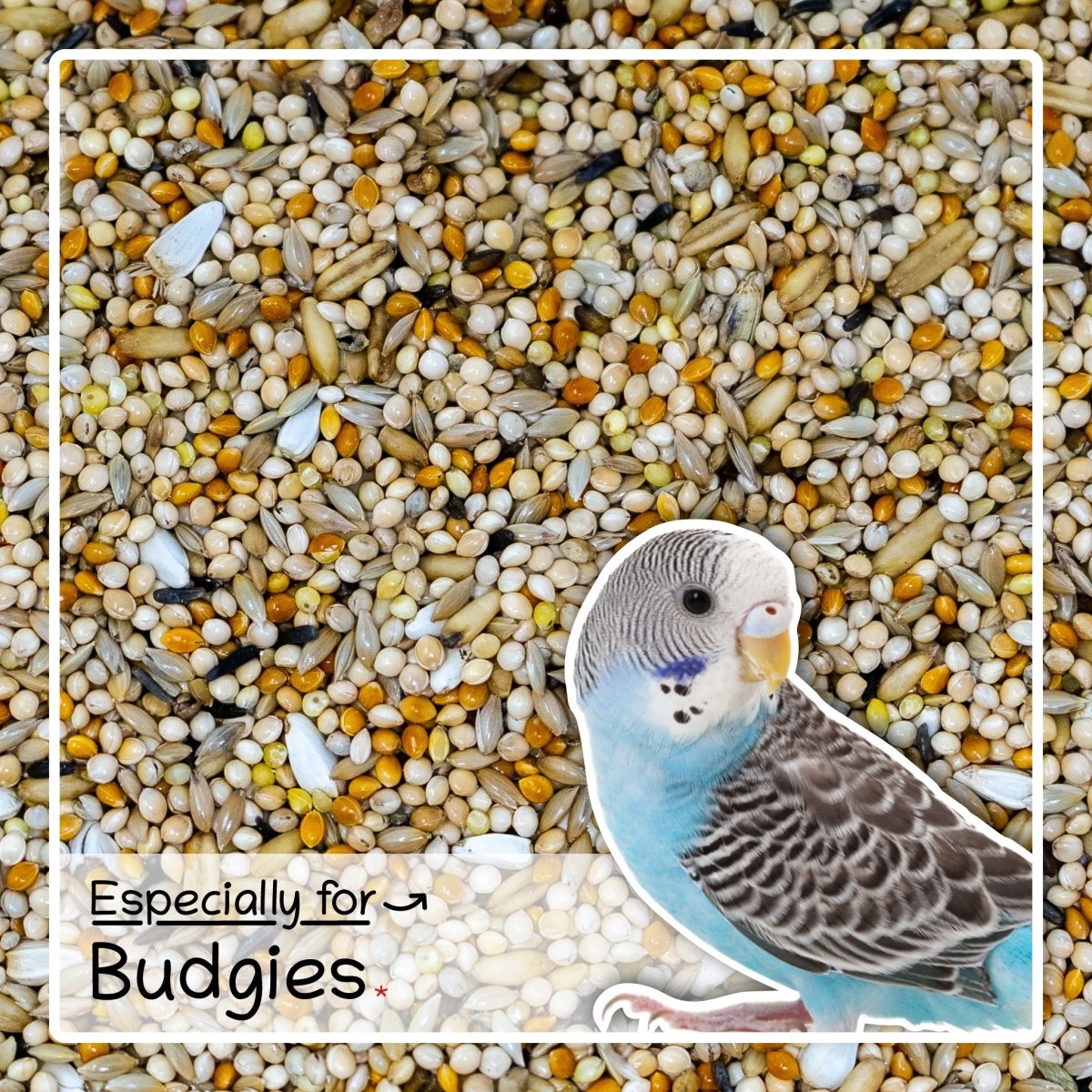
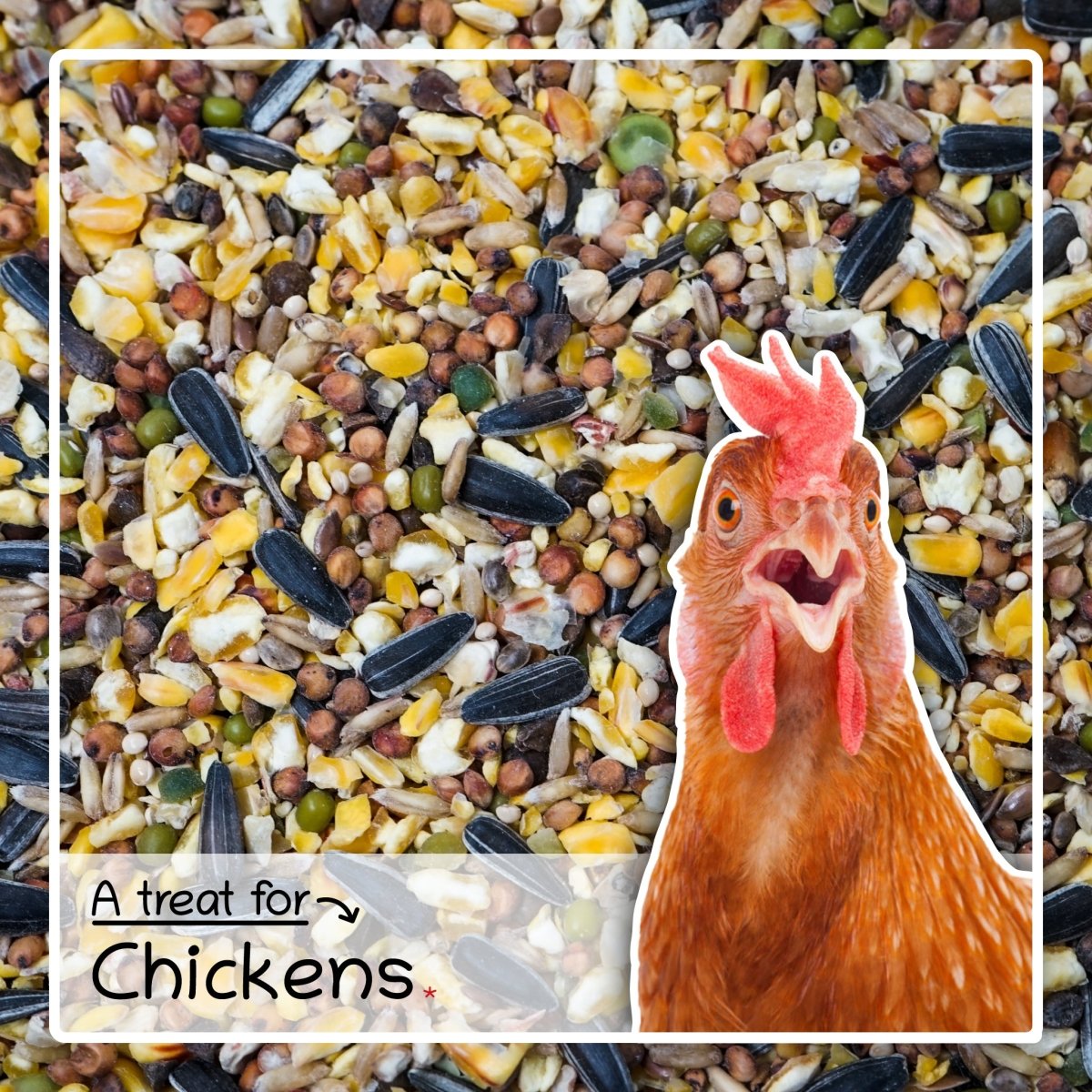
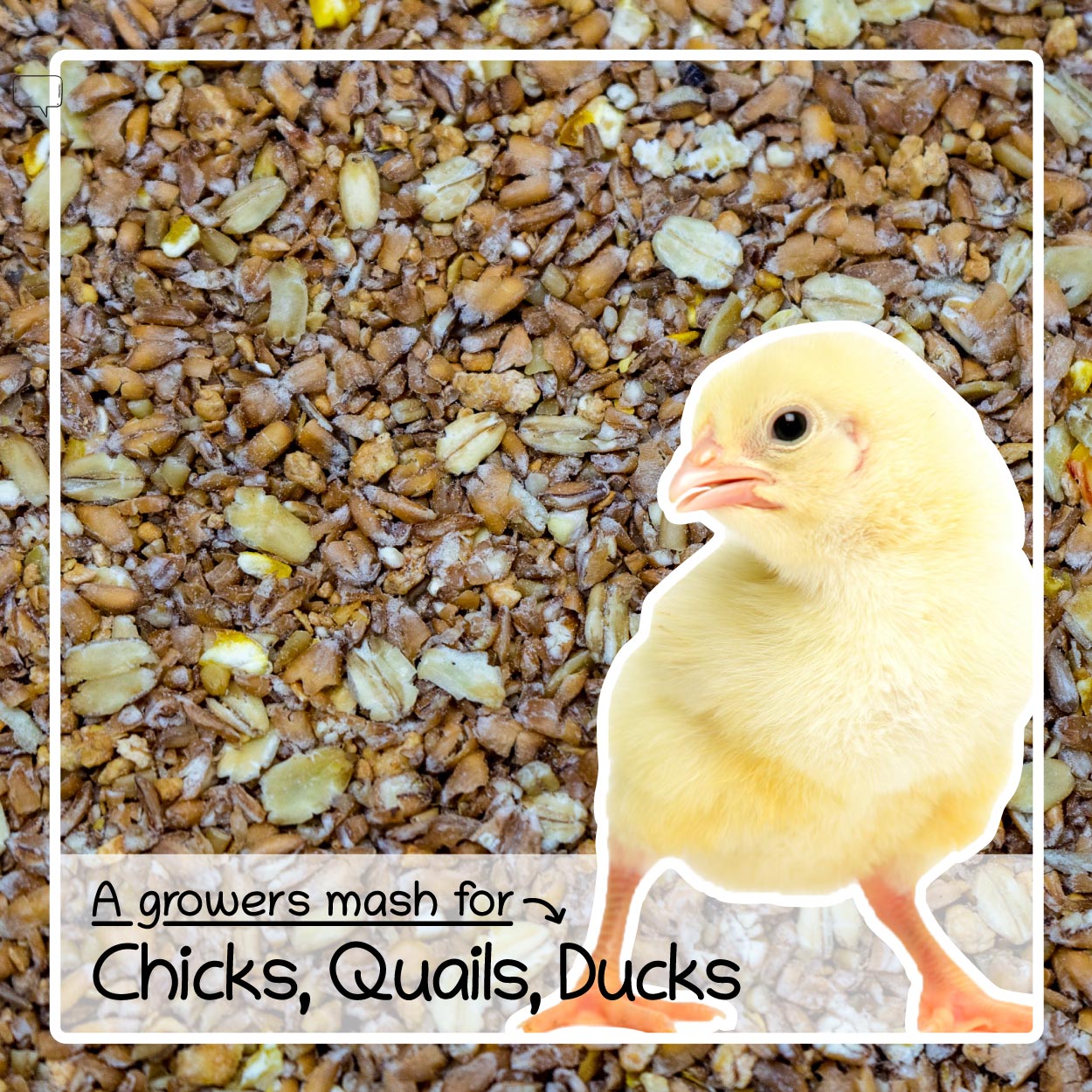
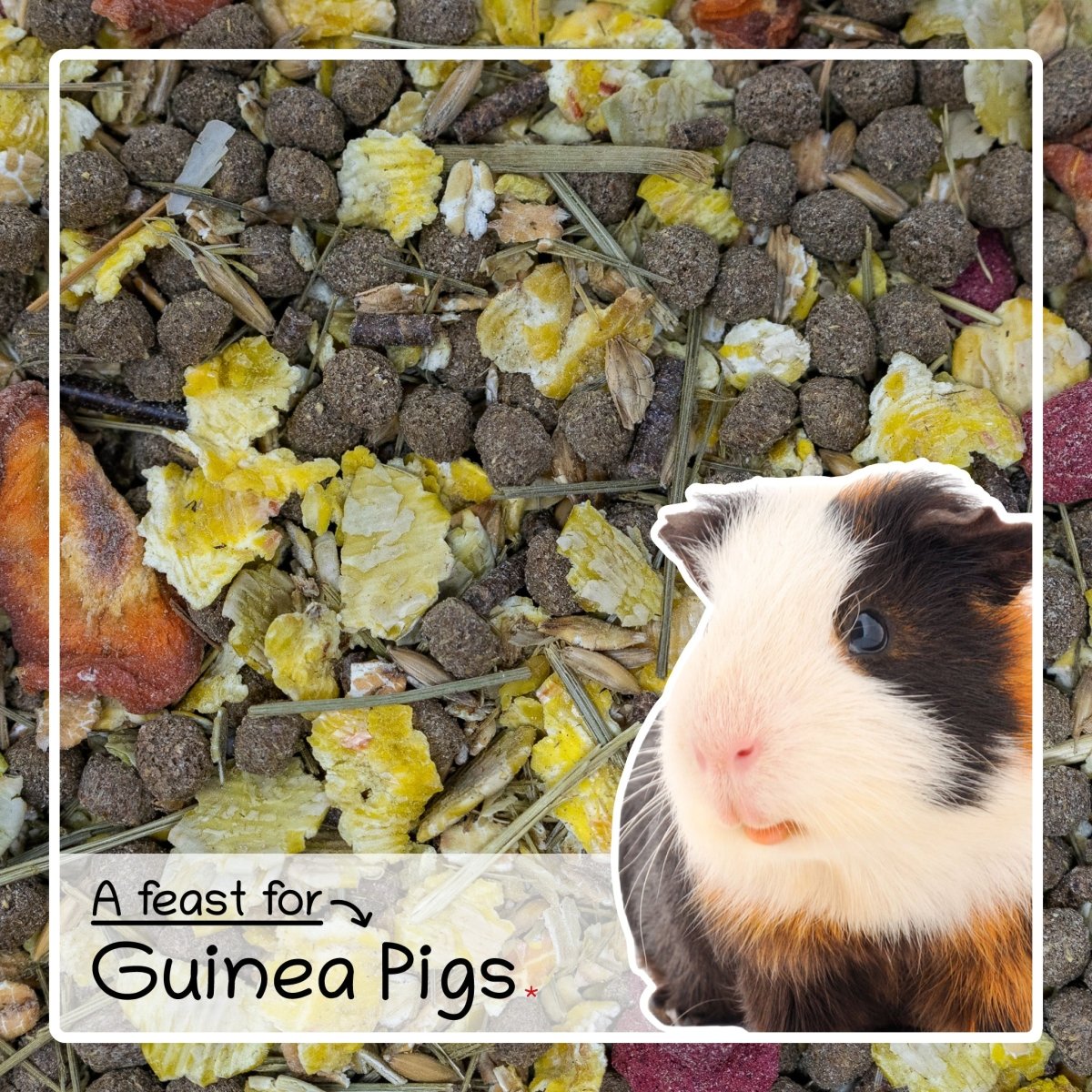
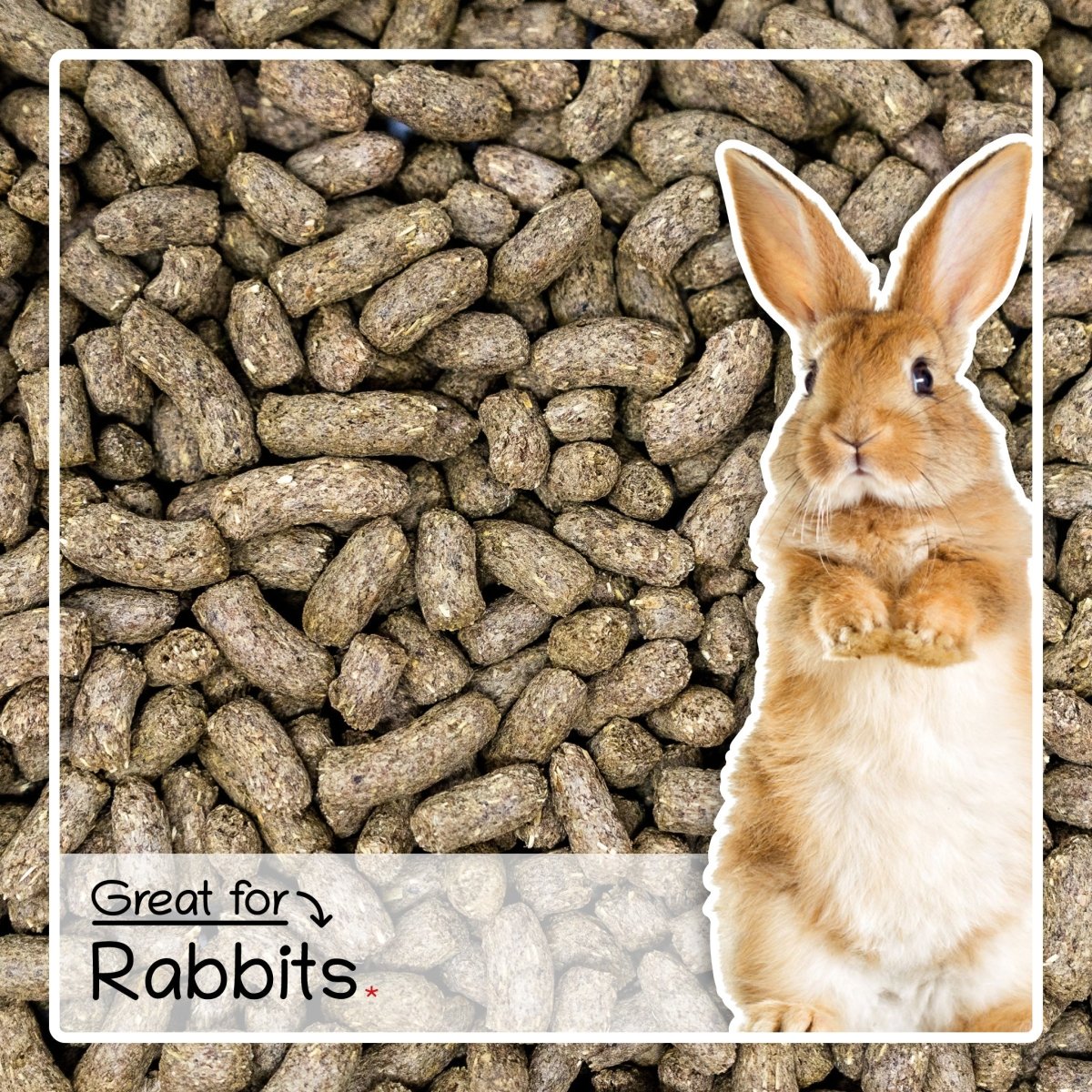
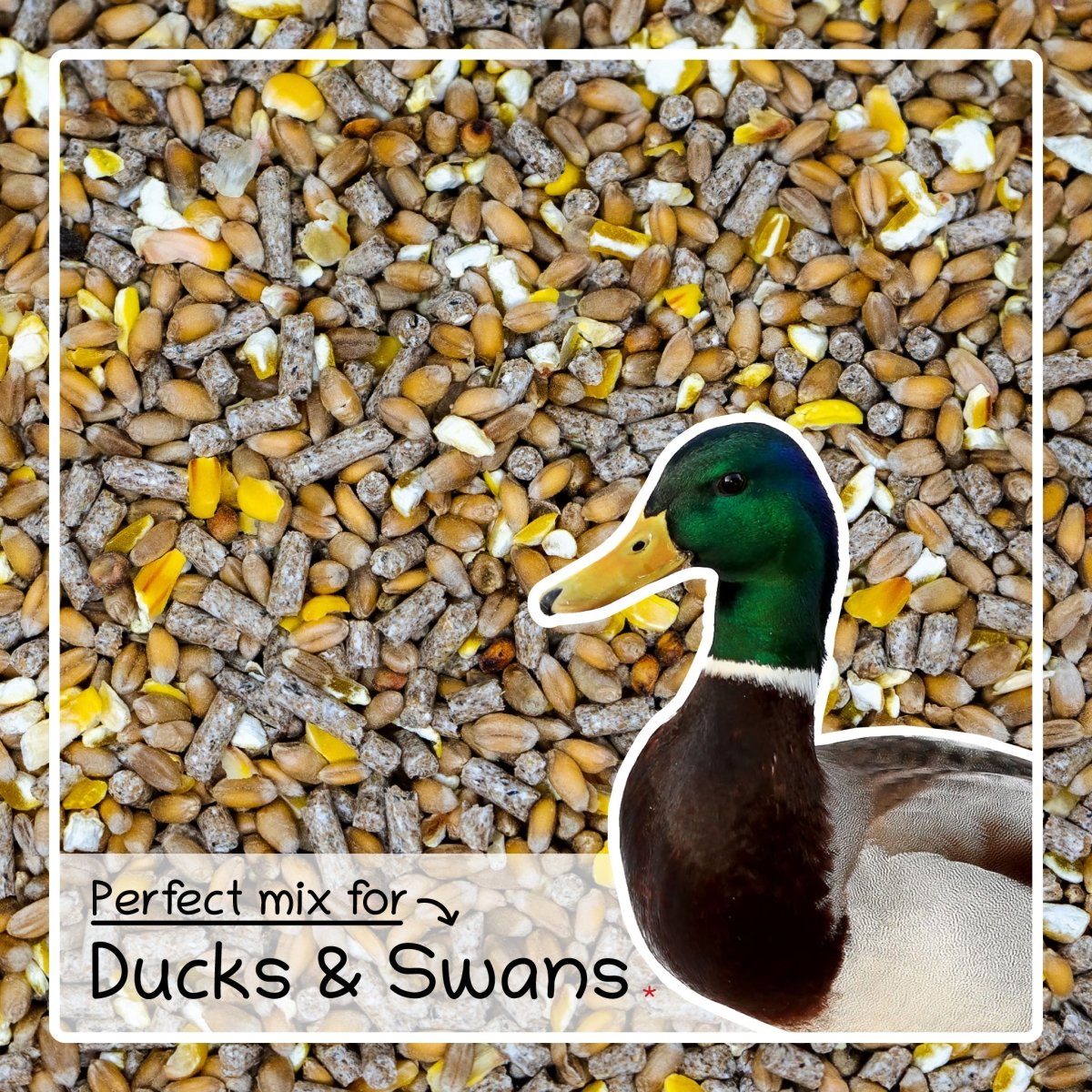
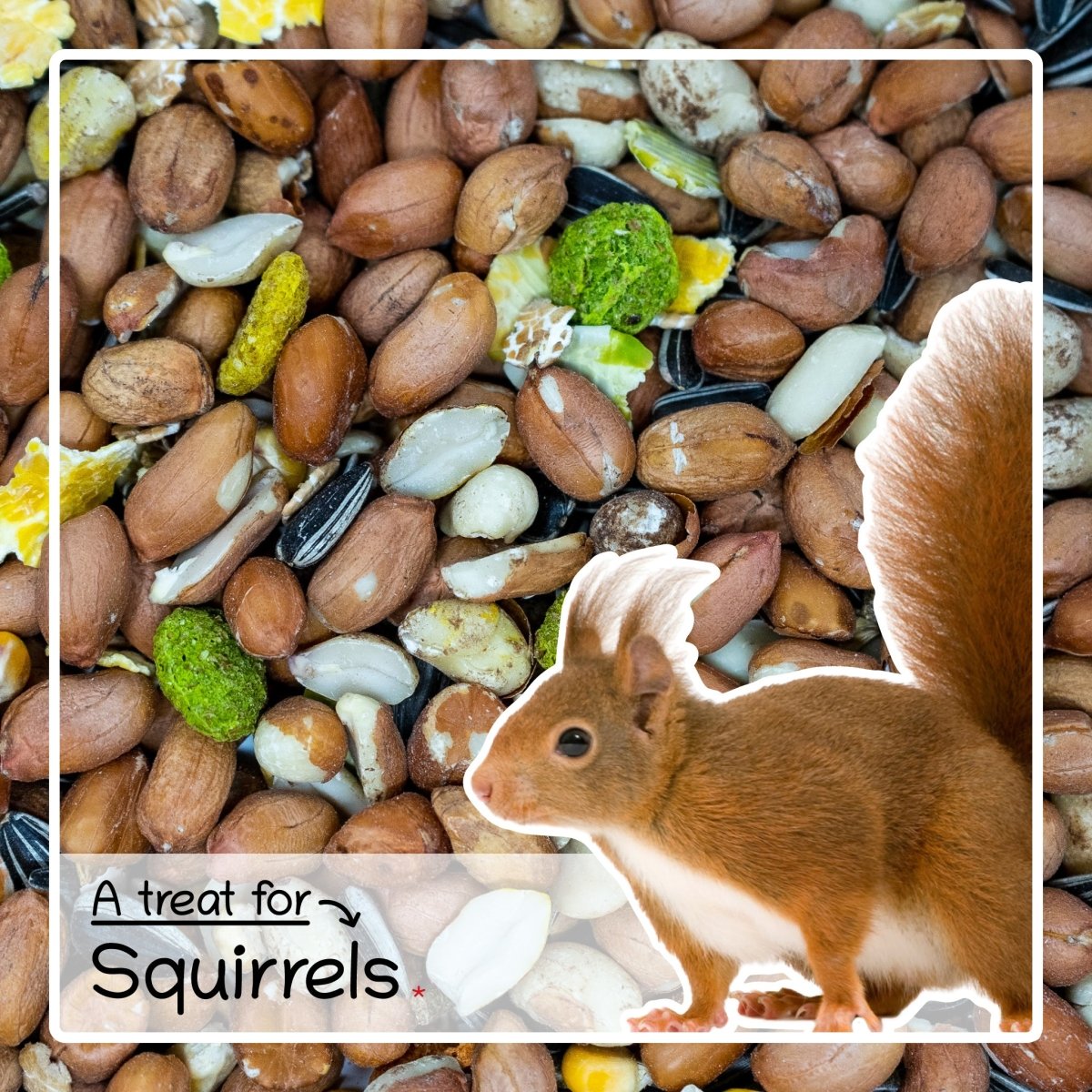
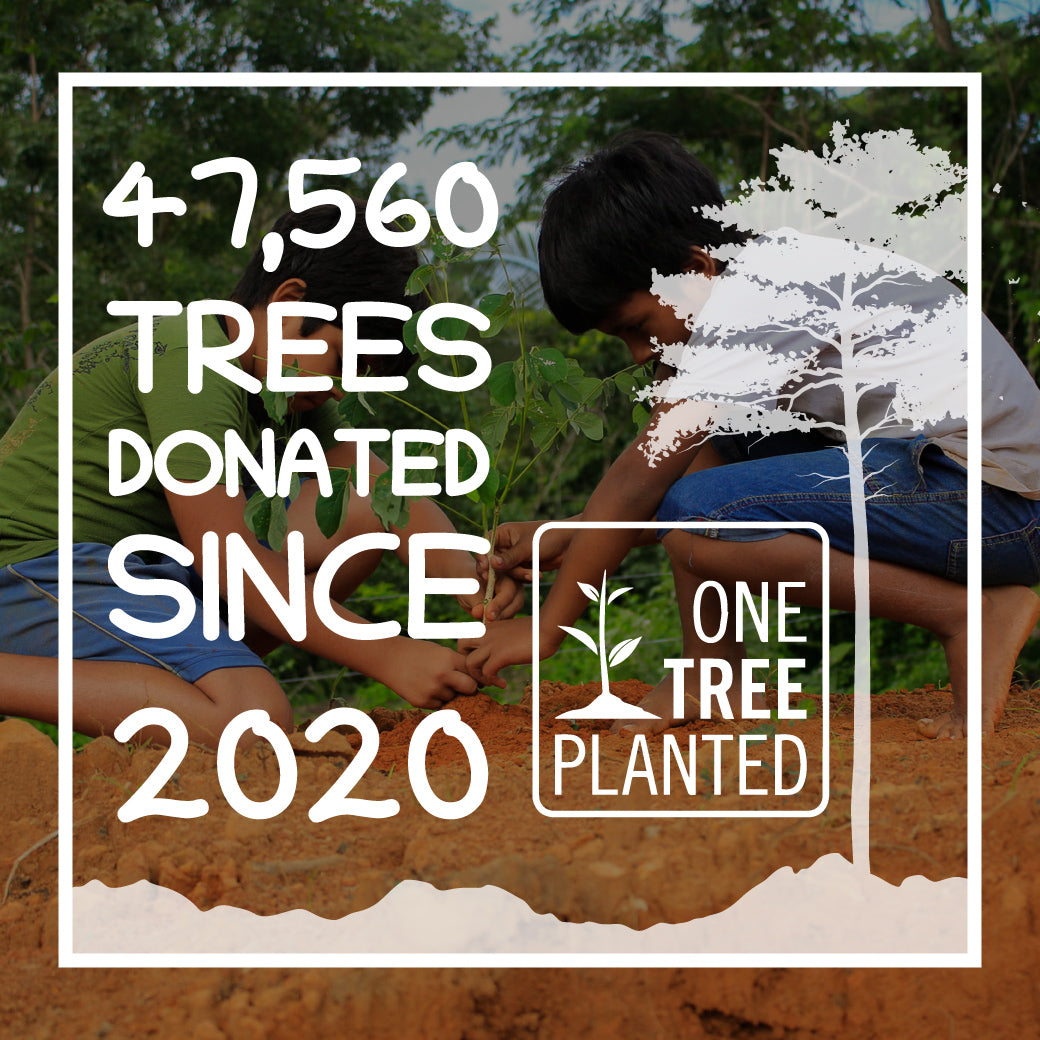

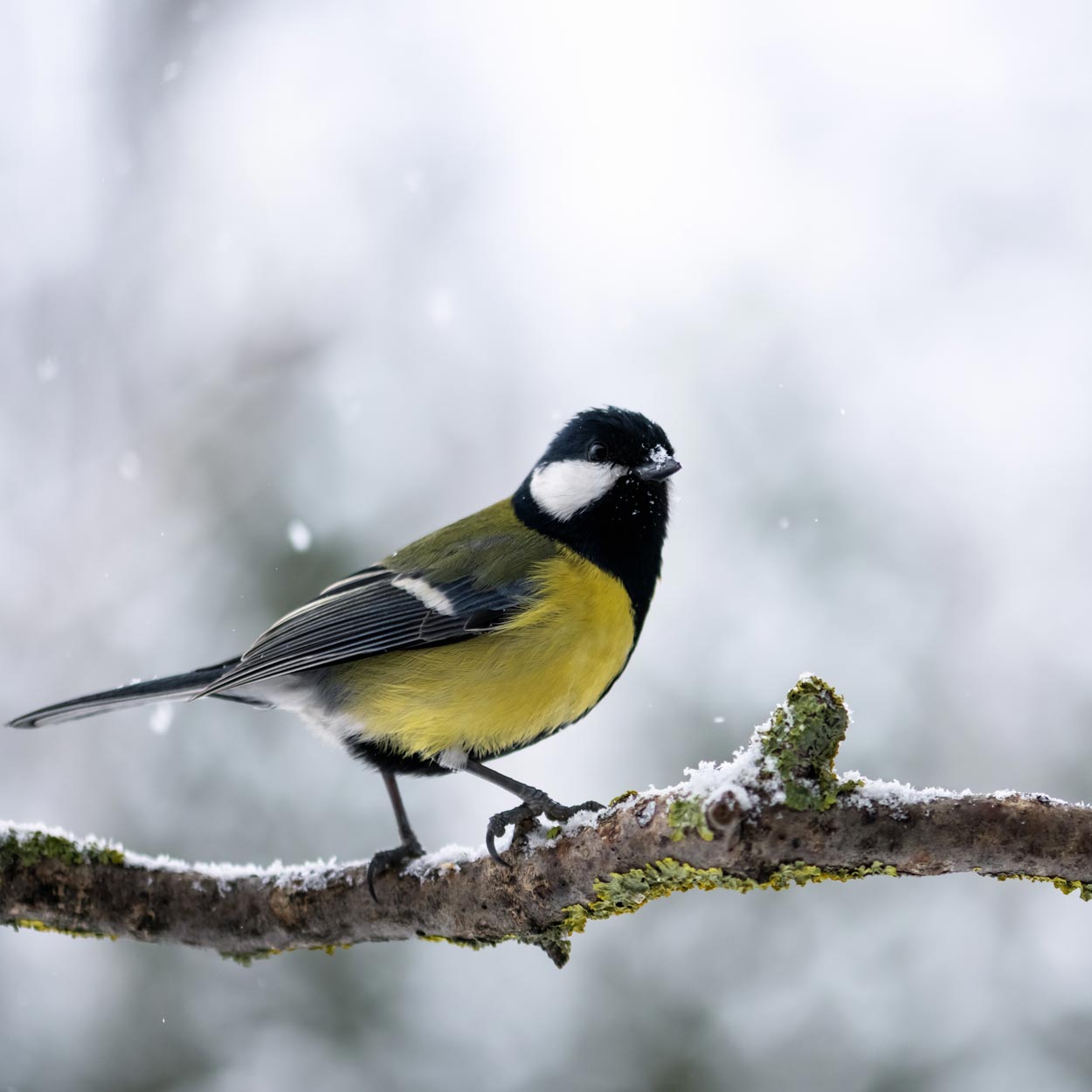
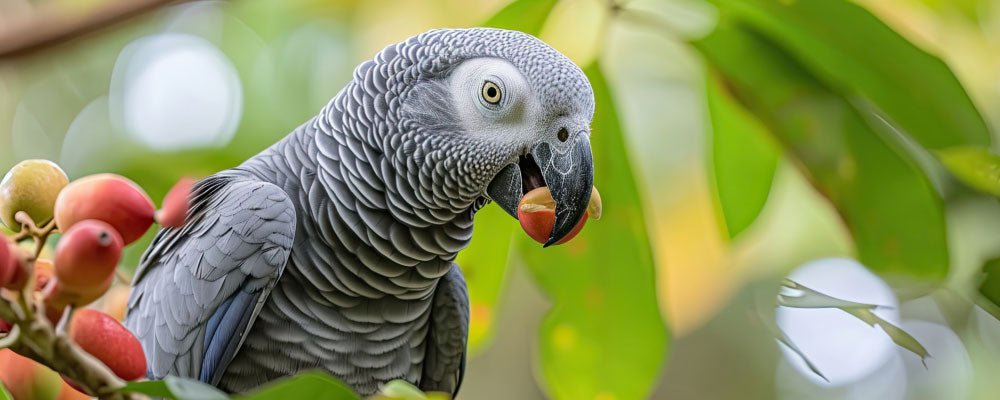
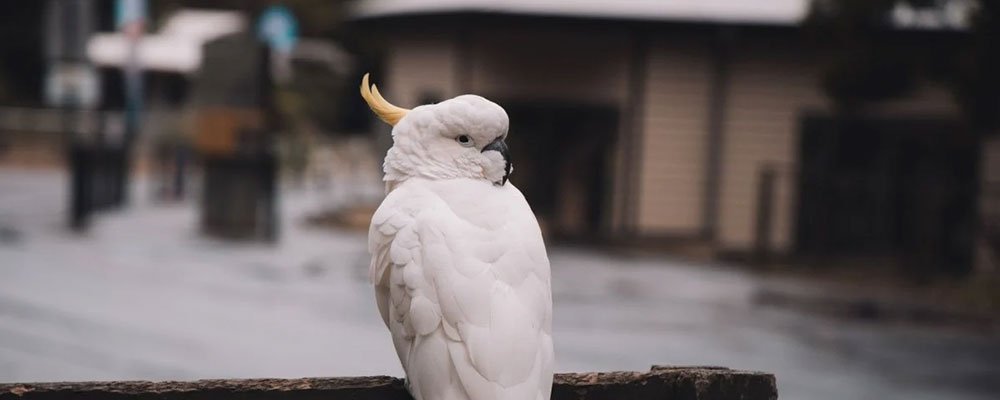
Leave a comment
This site is protected by hCaptcha and the hCaptcha Privacy Policy and Terms of Service apply.